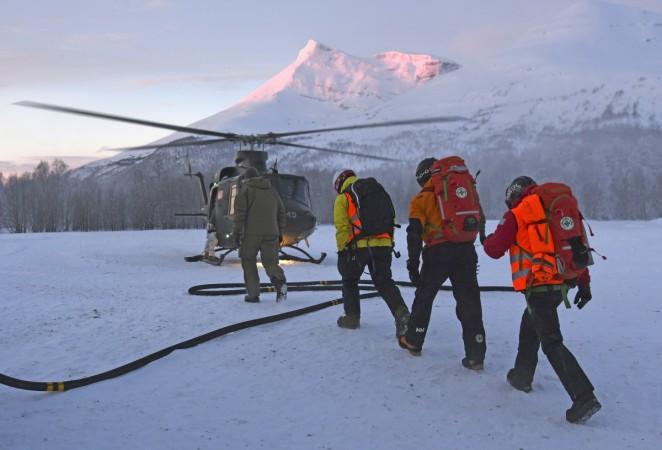The Indian Meteorological Department has said that the cold vortex from the Arctic is not only affecting the United States and the neighbouring regions but also India.
So, how does India come under this cold spell?
D Sivananda Pai, the head of IMD's long-range forecasting, told The Times of India that cold blasts are moving towards to south due to the weakening of the western currents.
"This seems to push western disturbances more southwards than normal towards northern India. In effect, this is transmitting the cold from southern Europe into north India," Pai added.
The disturbances in the weather are due to warm air entering the atmosphere over the Arctic thus increasing the temperature by 10 degrees. Due to the warm weather in the region, the cold weather is affecting the neighbouring areas.
What are Western Disturbances, which also affect the Indian climate?
Northern India was especially affected by what the weather department identifies as western disturbances (WD), which send cold winds southwards.
Western disturbances are bursts of low pressure that travel from the Mediterranean region bringing cold winds towards the Himalayas. The report states the winds will either go towards the Himalayas, thus affecting lives in North India or blow over.
The Western disturbances which normally occur three to four times have now happened seven times this January.
"These weather disturbances have been impacting the region every three-four days this month," said BP Yadav, the head of IMD's Regional Meteorological Centre in New Delhi.
India's weather forecast
The repeated weather disturbances have also thrown the IMD's weather forecasts in a loop. What they predicted as a warm winter turned out to be one of the coldest with the weather dropping to -1.1 degree Celsius in Churu, Rajasthan on Tuesday.
"These are intra-season events that are sometimes not captured in the longer range forecasts. However, IMD's extended range (four-weekly) bulletins have been forecasting the sustained below-normal temperatures in north India," Pai said.
However, the IMD has said that this will be the last Western disturbance for the season and its effect will be seen on Wednesday and Tuesday. The weather department predicted that there will be snowfall in Himachal Pradesh, Jammu and Kashmir, and Uttarakhand.














